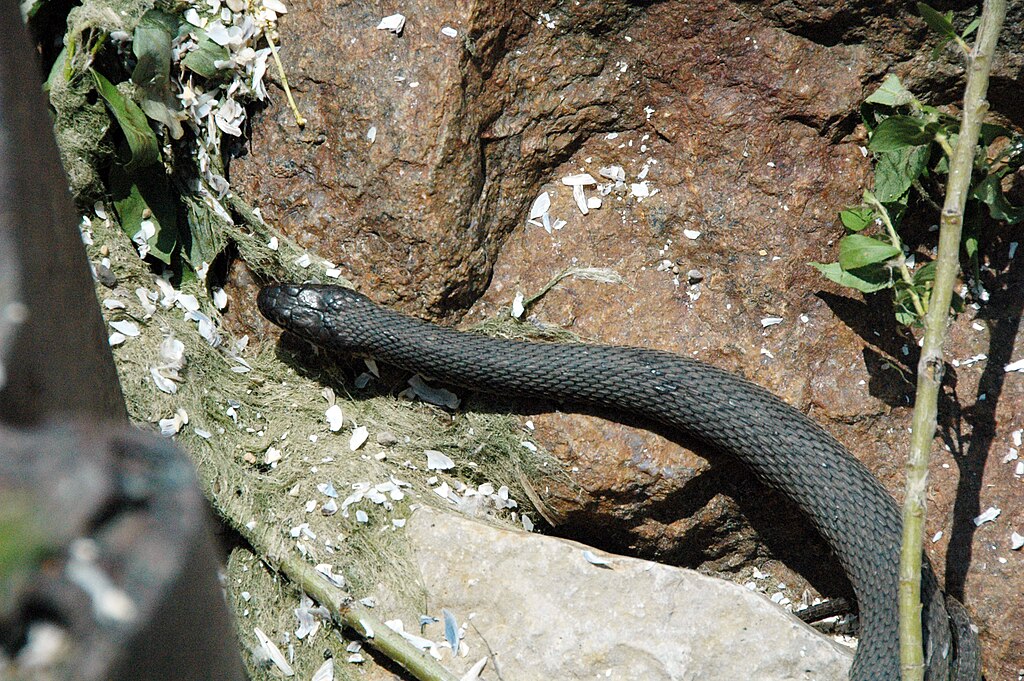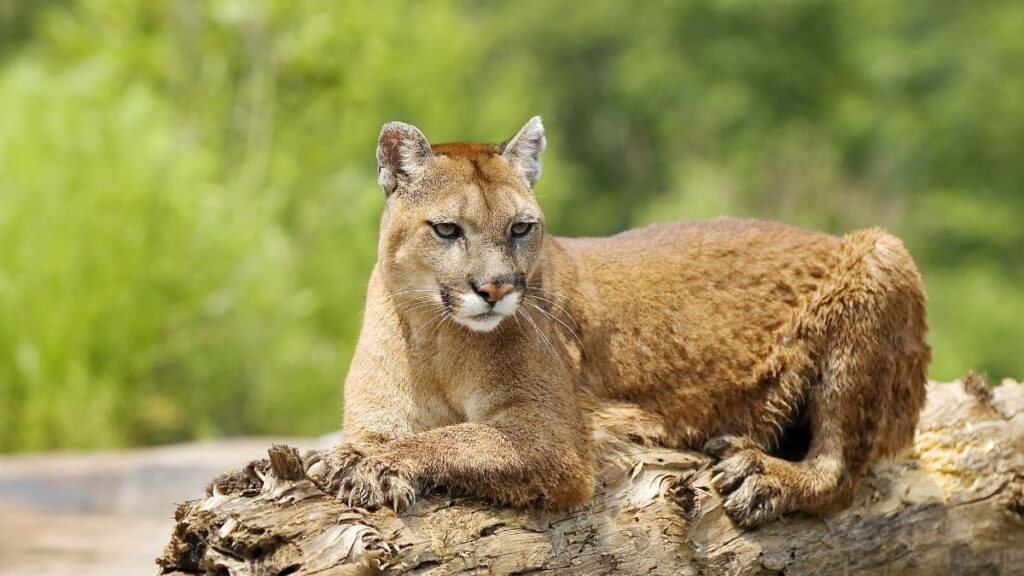By Brian Boone
The third Friday each May is Endangered Species Day, set aside to contemplate animals found in and around the United States that, without intervention or protection, are subject to extinction. Here’s a look back at the history of protecting endangered species in the U.S., and how it’s been a wildly effective idea.
IT’S THE LAW
• The Lacey Act of 1900, proposed by Iowa representative John F. Lacey made it a federal crime to kill wild animals and birds in one state and then sell them in another state. In 1966, President Johnson signed the Endangered Species Preservation Act into law, which gave federal protection to a specific list of U.S. native animals whose populations were dangerously in decline.
• The Endangered Species Preservation Act of 1969 combined the 1900 and ’66 laws into a more sophisticated suite of laws, giving protection to game, birds, amphibians, fish, and more. Those caught killing creatures deemed protected and endangered faced a year in prison and a $10,000 fine. Finally, the Endangered Species Act of 1973 protected even more animals, and its stipulations have been enforced ever since by the U.S. Fish and Wildlife Service and the National Oceanic and Atmospheric Administration.
Get this BIG book for more science info!
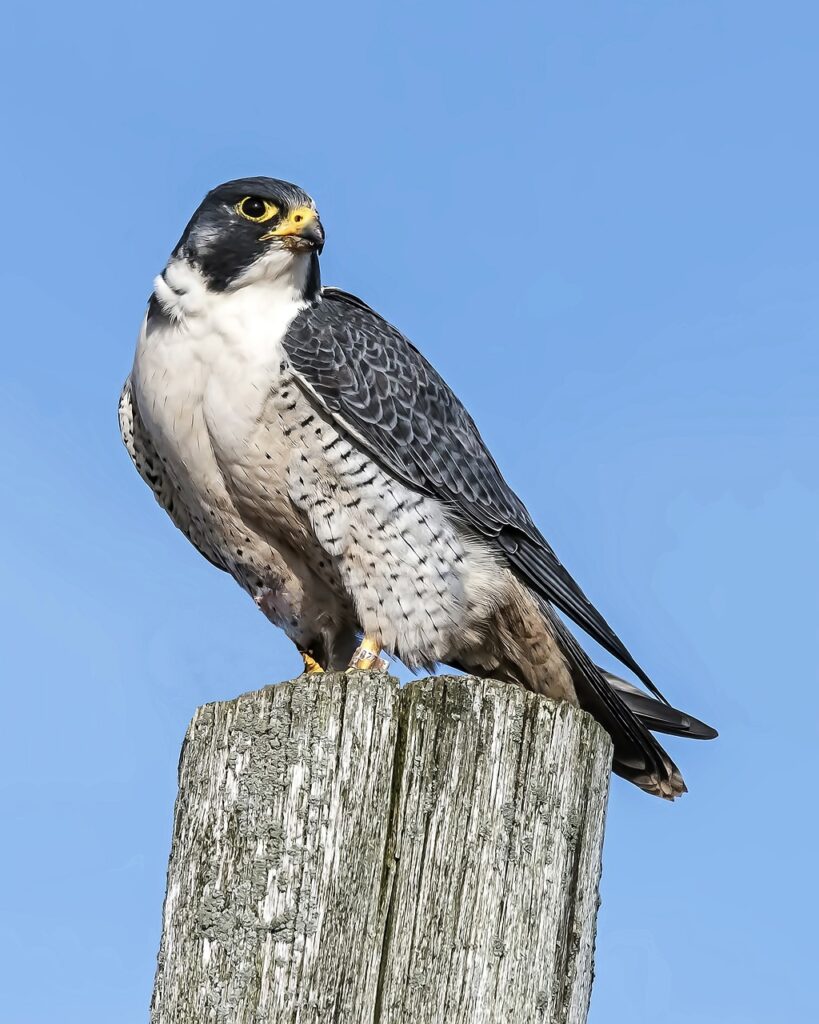
PEREGRINE FALCON
The inspiration for the Endangered Species Acts of the 1960s and 1970s: the rapidly disappearing peregrine falcon, a majestic and powerful bird of prey and one of the fastest-moving animals on Earth. Before the 1940s, about 3,875 nesting pairs lived in North America. By the early 1970s, only about 300 remained. Listed as endangered in 1970, it made a quick recovery after the banning of the pesticide DDT — it got into water, which got into fish, which falcons eat. In 1999, the peregrine falcon was no longer considered to be endangered.
BALD EAGLE
While it’s the national bird of the United States and possesses an almost mythical air of importance, the bald eagle wasn’t immune to hunters’ shotguns. By the 1960s, only 500 mating pairs were left in the U.S., in part because the birds were hunted to near-extinction and also because of the deadly effects of DDT. One of the first animals projected by the Endangered Species Act, the eradication of DDT worked to reverse the dwindling numbers of bald eagles, which were delisted from the endangered species list in 2007.
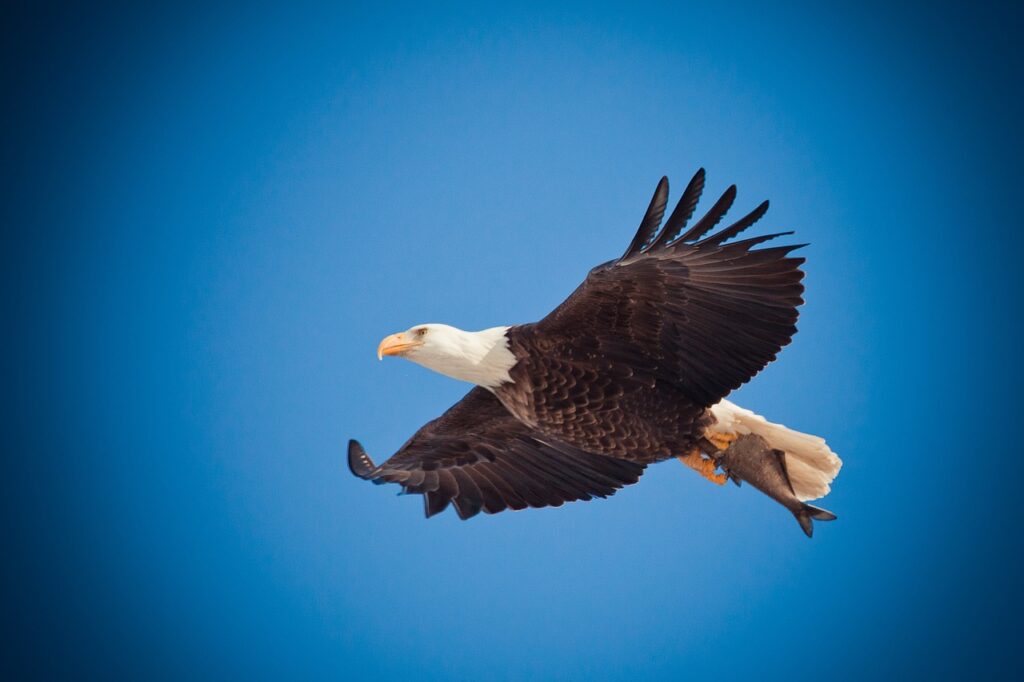
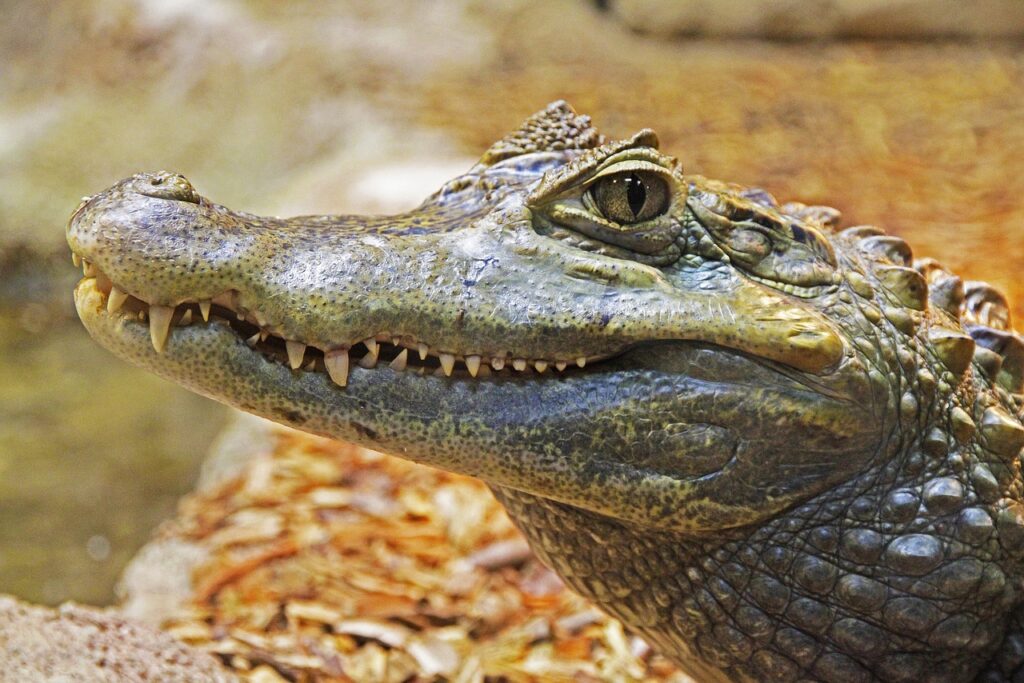
AMERICAN ALLIGATOR
One of the oldest animals on the planet, the American alligator has creeped around the swamps of what’s now the southeastern U.S. for at least 200 million years. Only hundreds were left by the 1950s because of routine hunting and poaching. Granted federal protection by the Endangered Species Act in 1967, the American alligator fully recovered. In just 20 years, the number of the beasts was back up to more than five million.
LAKE ERIE WATER SNAKE
This water-based reptilian is found only one place in the world, in Lake Erie. Consistent development on the large lake’s shores slowly reduced the snake’s habitat, which lowered the population in tandem with culls. Residents of the Lake Erie surrounding areas considered the water snake a nuisance animal, and killed them as a matter of course until they were almost extinct. Simply outlawing the killing of the snake saved it. In 1999, the Lake Erie water snake made it onto the endangered species list, thus protecting it. By 2011, the population was back up to 12,000 and officially safe from eradication.
